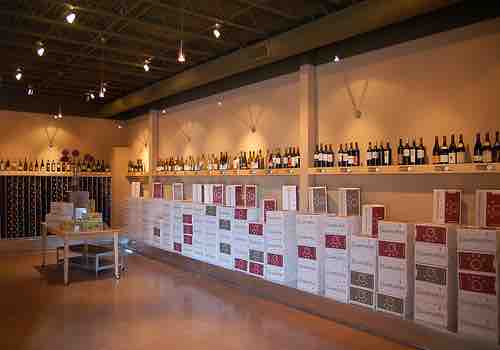Costing Methods Overview
Cost accounting information is designed for managers. Since managers are making decisions only for their own organization, there is no need for the information to be comparable to similar information from other organizations. Instead, the important criterion is that the information must be relevant for decisions that managers, operating in a particular environment of business including strategy, make. Cost accounting information is commonly used in financial accounting information, but first we are concentrating on its use by managers to take decisions. The accountants who handle the cost accounting information add value by providing good information to managers who are making decisions. Among the better decisions, is the better performance of one's organization, regardless if it is a manufacturing company, a bank, a non-profit organization, a government agency, a school club or even a business school. The cost-accounting system is the result of decisions made by managers of an organization and the environment in which they make them .

Efficient use of inventory is critical for businesses.
Inventory at a business.
Cost accounting is regarded as the process of collecting, analyzing, summarizing, and evaluating various alternative courses of action involving costs and advising the management on the most appropriate course of action based on the cost efficiency and capability of the management.
The following are different cost accounting approaches:
- standardized or standard cost accounting
- lean accounting
- activity-based costing
- resource consumption accounting
- throughput accounting
- marginal costing/cost-volume-profit analysis
Classical cost elements for a manufacturing business are:
- Raw materials
- Labor
- Indirect expenses/overhead
Accepted Financial Costing Methods
There are four accepted methods of costing inventory items:
- specific identification;
- first-in, first-out (FIFO);
- last-in, first-out (LIFO); and
- weighted-average.
Each method has advantages and disadvantages. Note that a manufacturing business's inventory will consist of work in process, or unfinished goods, and finished inventory; the costs of unfinished and finished inventory contain a combination of costs related to raw materials, labor, and overhead. On the other hand, a retailer's inventory consists of all finished products purchased from a wholesaler or manufacturer; the costs of their units are based on their acquisition cost rather than the costs associated with manufacturing units.
Specific Identification
The specific identification method of inventory costing attaches the actual cost to an identifiable unit of product. Firms find this method easy to apply when purchasing and selling large inventory items such as cars. Under the specific identification method, the firm must identify each unit in inventory, unless it is unique, with a serial number or identification tag.
FIFO (first-in, first-out)
The FIFO (first-in, first-out) method of inventory costing assumes that the costs of the first goods purchased are those charged to cost of goods sold when the company actually sells goods. This method assumes the first goods purchased are the first goods sold. In some companies, the first units in (bought) must be the first units out (sold) to avoid large losses from spoilage. Such items as fresh dairy products, fruits, and vegetables should be sold on a FIFO basis. In these cases, an assumed first-in, first-out flow corresponds with the actual physical flow of goods.
LIFO (last-in, first-out)
The LIFO (last-in, first-out) method of inventory costing assumes that the costs of the most recent purchases are the first costs charged to cost of goods sold when the company actually sells the goods.
Weighted-average
The weighted-average method of inventory costing is a means of costing ending inventory using a weighted-average unit cost. Companies most often use the weighted-average method to determine a cost for units that are basically the same, such as identical games in a toy store or identical electrical tools in a hardware store. Since the units are alike, firms can assign the same unit cost to them.
Calculating Cost of Goods Sold (periodic method)
Beginning Inventory + Purchases = Available for Sale
Available - Ending Inventory = Cost of Good Sold